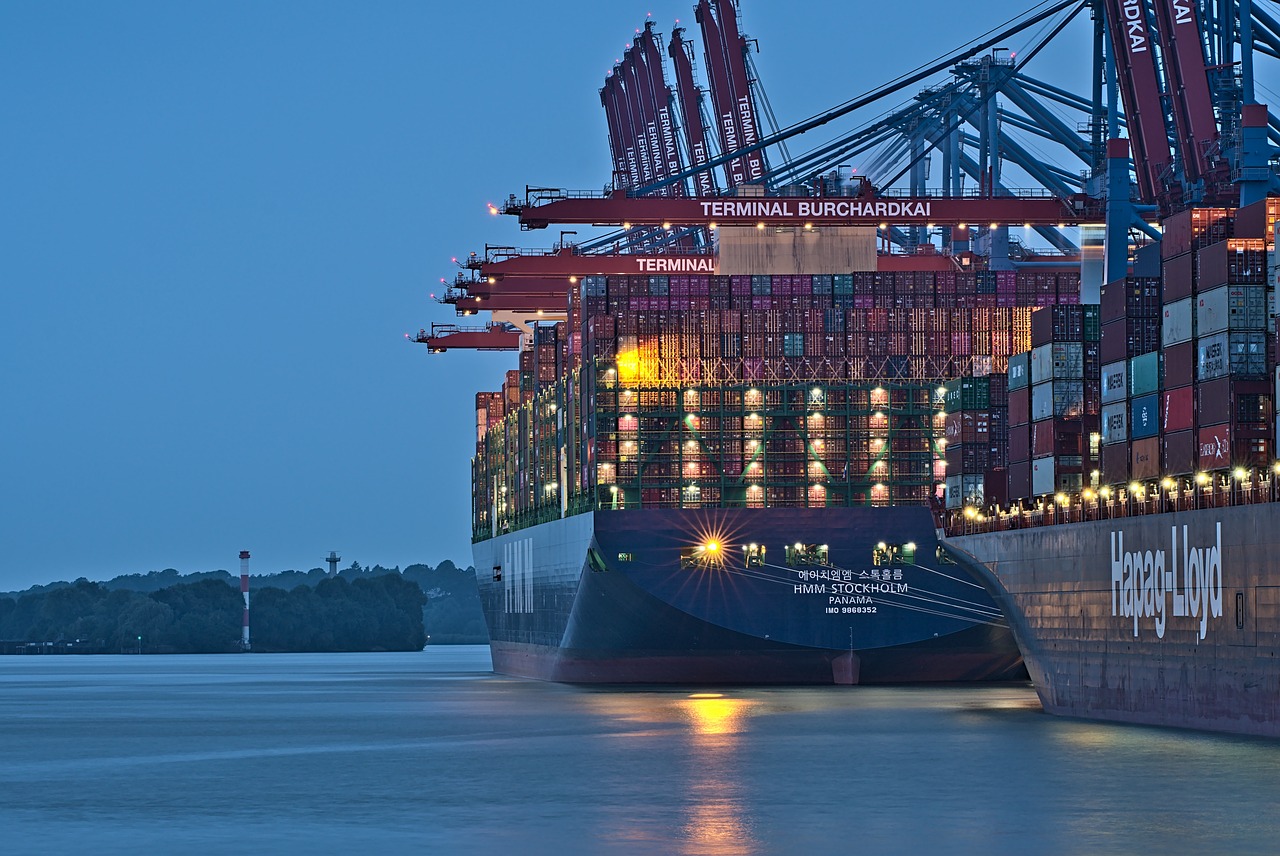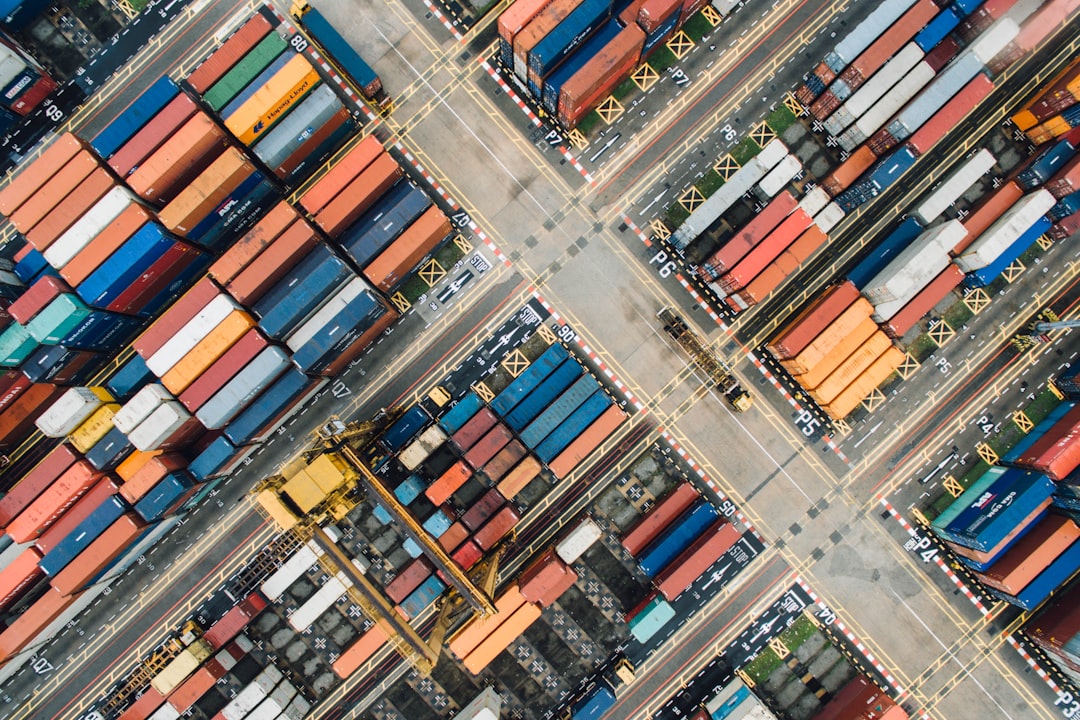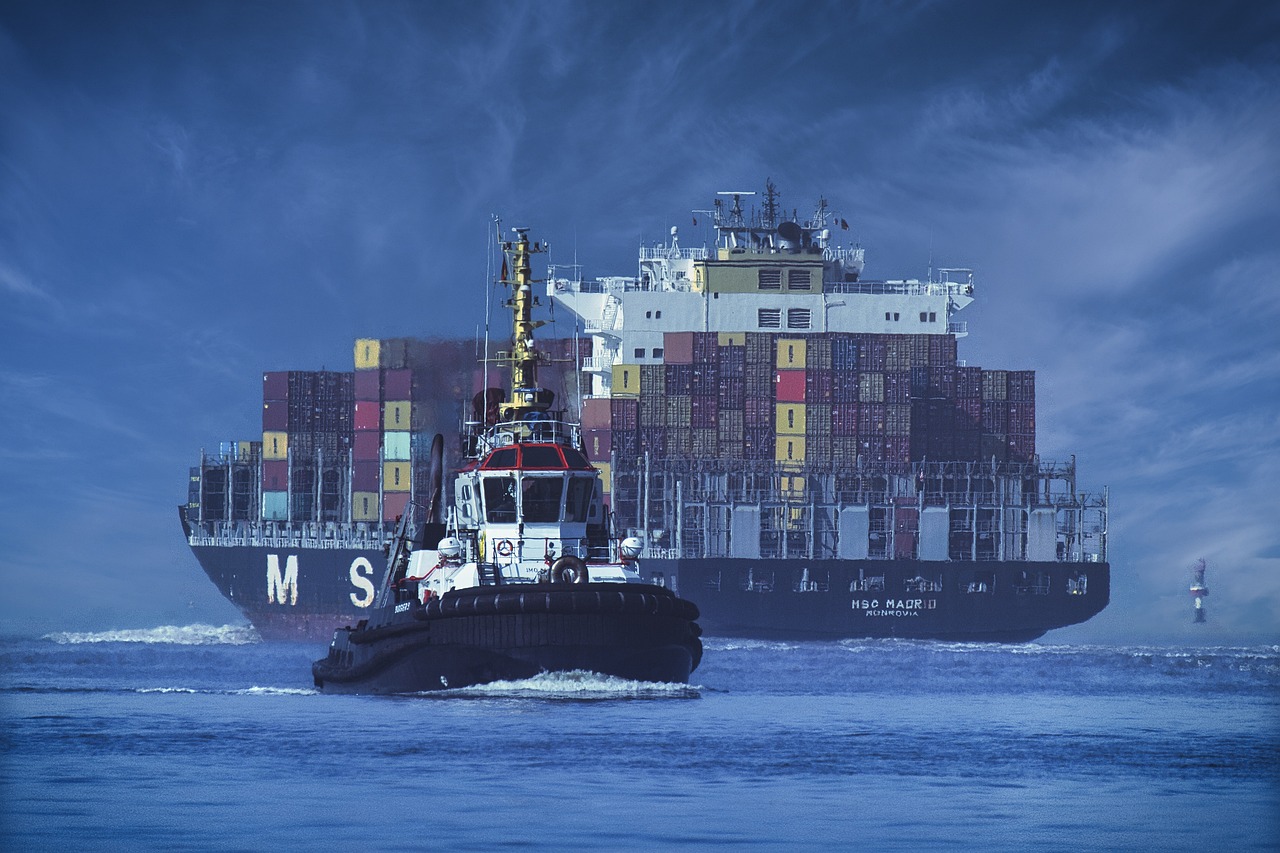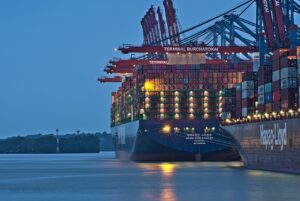The New Cold War Reshaping Markets

Think you’ve seen market volatility before? Welcome to 2025, where the new U.S. administration has moved quickly to reorder U.S. geopolitical and economic relationships with the rest of the world, with resulting changes that have been rapid, fundamental and in many cases irreversible. Today’s investors aren’t just tracking inflation rates or corporate earnings anymore – they’re watching political maps like hawks. 2025 may prove to be a hinge point, like 1945 after World War Two and 1989 after the fall of the Berlin Wall, with the outlook going forward remaining deeply uncertain. The days when geography was just lines on a map are over. Now those lines determine which stocks soar and which portfolios crater overnight.
Trade Wars Are Reshaping Investment Flows

China’s share in U.S. imports declined by 8 percentage points between 2017 and 2023 following a flare-up in trade tensions. But here’s what most investors miss: this isn’t just about tariffs anymore. In 2025, globalization may become more fractious and uncertain as the US pursues a potentially more protectionist economic approach, with proposed tariffs of 60% on China and up to 20% on all trading partners that would upend the status quo and accelerate a rewiring of global trade flows. Smart money is already moving. Companies that once built their entire strategy around Chinese manufacturing are scrambling to find alternatives in Vietnam, Mexico, and Eastern Europe. Since 2017, greater Chinese presence in a country has been associated with increased exports of that country to the U.S., with the emergence of “connector” countries—perhaps most notably Mexico and Vietnam—helping cushion the global economic impact.
Supply Chain Disruptions Create Investment Opportunities

The Red Sea crisis isn’t just a shipping story – it’s rewriting investment fundamentals. Yemen’s Houthi group attacks on cargo ships have caused major global shipping and oil companies to suspend shipments and halt operations in the area, forcing ships to avoid Egypt’s Suez Canal which accounts for about 12% of the world’s shipping traffic, causing longer journeys, added costs, increased oil prices, and increased insurance premiums. Savvy investors are capitalizing on this chaos. According to the World Economic Forum, state-based armed conflict is identified as the top risk for 2025 with 23% of respondents viewing it as the most pressing threat, as these conflicts disrupt trade routes and impact availability of critical materials, with tensions in the South China Sea and Eastern Europe already causing significant disruptions. Infrastructure companies, alternative shipping routes, and supply chain technology firms are seeing massive inflows as investors position for a more fragmented world.
Energy Security Becomes the Ultimate Investment Theme

Energy security remains a top 2025 geopolitical risk, with Europe coping with a huge challenge after losing access to an abundance of cheap Russian gas for households and industries, as European energy security has been under threat since Russia’s invasion of Ukraine began in February 2022. This isn’t temporary disruption – it’s permanent restructuring. Energy security and industrial policy continue to play a heightened role in discussions about climate policy as countries seek to ensure access to reliable and affordable energy, with greater geopolitical uncertainties drawing focus from decarbonization efforts toward energy security and affordability, as political agendas increasingly hint at an easing of clean energy targets. Energy independence has become the new holy grail for nations, creating massive opportunities for domestic energy producers, storage technologies, and alternative fuel sources. The companies positioning themselves as energy security solutions are attracting capital like magnets.
Critical Materials Become Geopolitical Weapons

Forget oil – the real power plays are happening in rare earth minerals and semiconductors. Countries with reserves of critical raw materials are increasingly implementing export restrictions to manage supply or influence global markets, with China’s restrictions on gallium and germanium in 2024 impacting the availability of components essential to electronics and semiconductors, demonstrating how resource policy can ripple across industries and potentially limit access to key materials for companies lacking full visibility into lower-tier suppliers. The investment implications are staggering. Biotech will grow as a new battleground for geopolitical competition in 2025 as countries recognize its strategic importance to economic growth, national security, and human health. Companies controlling these supply chains aren’t just businesses anymore – they’re strategic assets. Investors who understand this shift are placing bets on mining companies, recycling technologies, and alternative material sources that could reshape entire industries.
Cryptocurrency Emerges as the Geopolitical Hedge

Bitcoin’s role as a geopolitical safe haven is evolving rapidly. The geopolitical and economic instability in 2024 is influencing Bitcoin’s price in complex ways, with ongoing conflicts particularly in Europe and the Middle East increasing demand for alternative assets like Bitcoin that are perceived as safe havens, as countries with currency instability such as Turkey and Argentina have seen increased adoption. However, the relationship isn’t straightforward. Standard Chartered notes that geopolitical risk related to ongoing conflicts will likely weigh on bitcoin price, stating that the world’s largest cryptocurrency is not a safe haven against geopolitical risks. Yet research supports the thesis that cryptoassets may act as a hedge against geopolitical risks, which is generally consistent with Bitcoin’s ability to act as a safe-haven asset on account of its counterparty risk-free and censorship-resistant nature as well as its scarce supply characteristics. Among the top reasons for Bitcoin’s rally are its rising status as a safe haven asset, mounting geopolitical instability and a wave of institutional adoption, with analysts noting that “Bitcoin is starting to behave as a safe haven asset, and there’s more and more instability in the world”.
ESG Investing Faces Political Headwinds

The ESG revolution is hitting political turbulence. 2025 is shaping up to be a make-or-break year for Environmental, Social, and Governance principles, with Donald Trump’s 2024 victory and agendas dedicated to combatting “woke capitalism” throwing a wrench into the ESG movement in the United States, while some parts of the world are doubling down on anti-ESG sentiment, others like Europe and Asia are charging ahead with ambitious sustainability plans. The numbers tell a dramatic story: global sustainable funds faced record outflows of $8.6 billion in Q1 2025, reversing $18.1 billion in inflows from the previous quarter, driven by geopolitical shifts and ESG backlash, with U.S. investors pulling money from sustainable funds for the 10th consecutive quarter with withdrawals reaching $6.1 billion. Research indicates that geopolitical risk inhibits corporate ESG performance, but increased investor attention and government subsidies can mitigate the negative impact, providing actionable insights for businesses and investors. Smart investors are navigating this by focusing on companies with genuine sustainability metrics rather than ESG marketing.
Military Spending Creates Investment Windfalls

Defense contractors are experiencing a renaissance unlike anything since the Cold War. The global order continues to splinter into an increasingly fluid “multi-aligned” framework as part of deepening great-power competition, creating a framework that would be more fragmented, less cooperative, more transactional, and structurally more prone to accelerated policy, trade, diplomatic, and especially military conflicts, with 59 “active military conflicts” around the world today — the highest number since WWII. This isn’t just about traditional weapons anymore. Cybersecurity, space technology, and AI defense systems are seeing unprecedented investment flows. Cyber risks continue to grow amid geopolitical tensions, creating massive opportunities for companies providing digital defense solutions. Nations are treating military capabilities as insurance policies, and investors are treating defense stocks as portfolio protection against an uncertain world.
Regional Power Shifts Create New Investment Hubs

The traditional investment centers are being challenged by emerging regional powers. New trade alliances and investment hubs are redefining global power dynamics, with the US imposing tariffs and eliciting retaliatory responses, while new economic ‘nodes’ are emerging outside of traditional investment centers. The United States has continued to shift trade away from China and toward other economies such as Mexico and Vietnam, European economies have moved away from trade with Russia and increased trade with other partners notably the United States, developing economies rather than advanced ones now account for the majority of China’s imports and exports, and economies such as ASEAN, Brazil, and India continue to strengthen trade ties across the geopolitical spectrum. In 2025, sourcing hubs are likely to




